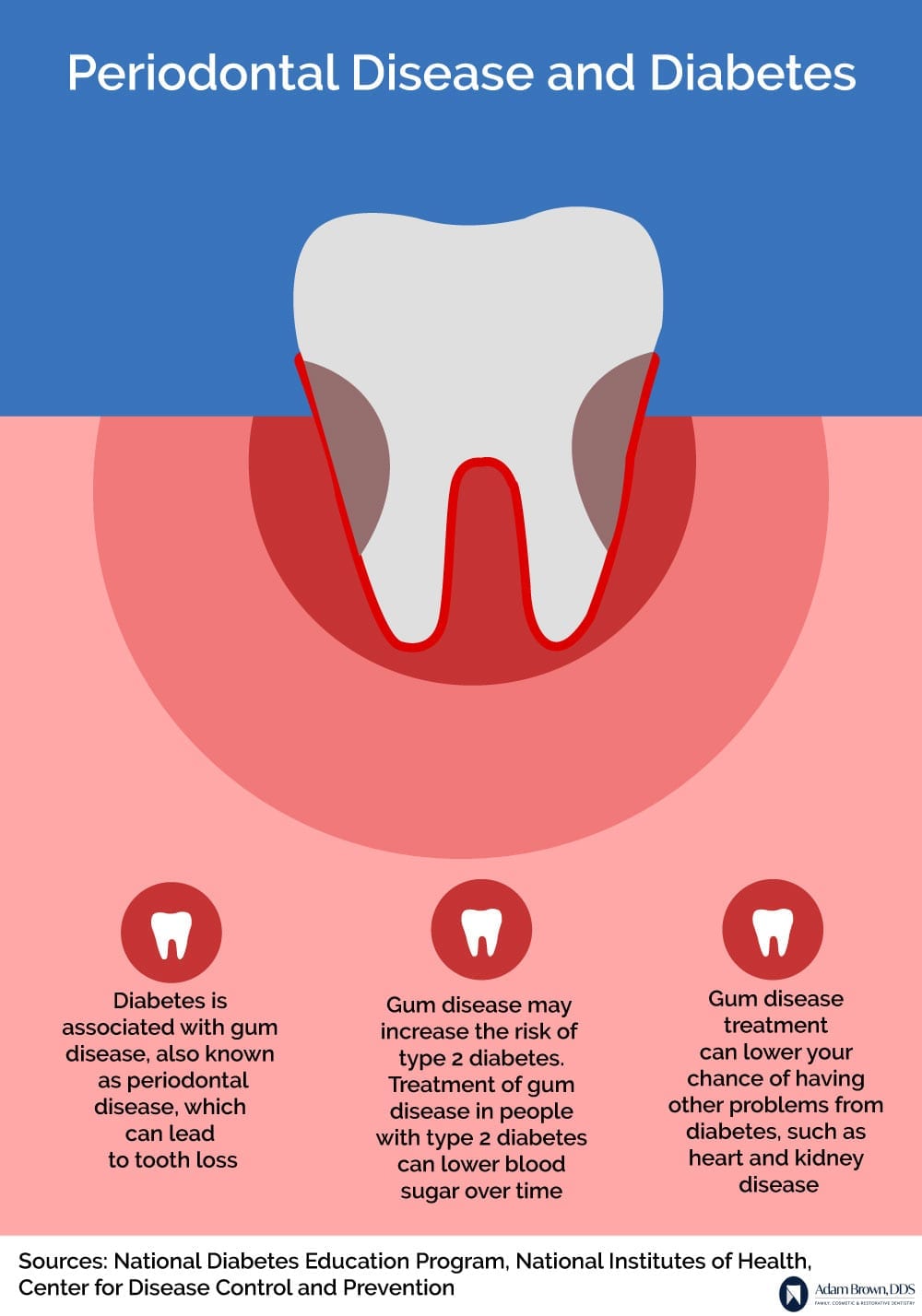Periodontal Treatment
Did you know that Periodontitis, or gum disease, affects nearly half of all American adults?
A study titled “Prevalence of Periodontitis in Adult in the United States: 2009 and 2010” estimates that 47.2 percent, or 64.7 million American adults, have mild, moderate or severe periodontitis, the more advanced form of periodontal disease. In adults 65 and older, prevalence rates increase to 70.1 percent. This study was published in the Journal of Dental Research, the official publication of the International and American Associations for Dental Research.*
Periodontal disease is as old as mankind and was once treated with religious rituals, herbal remedies and even magic! As time and science progressed, methodical treatments were developed and now there are options for patients to treat gum disease.
Early dentistry was commonly performed by barbers. Beginning in the Middle Ages, barbers were performing dental work and surgery in addition to cutting hair and shaving. Blood-letting and leeching, extractions and enemas all could managed by your local barber-surgeon.
Not willing to turn to magic or your barber? Fortunately, Adam Brown, DDS has a two-step plan in place: scaling and root planing.
Should I get an exam?
According to the study, The American Academy of Periodontology recommends that every patient receive a comprehensive periodontal evaluation, or CPE, on an annual basis. The CPE will gauge your periodontal health, diagnose existing disease, assess risk for disease, and determine any treatment, if needed. The CPE can be performed at your regular check-up by a member of the dental team, including a general dentist, dental hygienist or periodontist.*
 What is Gum Disease?
What is Gum Disease?
Gum disease is the inflammation of the tissue around your gum that affects your teeth and the bones surrounding your teeth. Luckily, there are many warning signs of potential gum diseases you can look out for, including: receding gums, swollen gums, bleeding during or after tooth brushing, loose or shifting teeth, and an obvious bad taste in your mouth or bad breath.
While everyone experiences plaque and bacteria buildup on their teeth, left unchecked, the bacteria that lives in the plaque will eventually cause gum disease. When your gums are healthy, the tissue fits tightly around your teeth and prevents plaque from residing below your gums. Healthy gums attach to the tooth 1 to 3 mm below the gumline. When a person has gum disease, the tissue loosens, enabling plaque to fill in pockets below the gum. If pockets reach 4 mm or more, your dentist will recommend dental scaling to carefully remove plaque from below the gumline.
Paying close attention to your gums is incredibly important. We all know the necessity of flossing and brushing and making sure those gums are not receding, but what about when areas of the gums begin to turn white? What is your body trying to tell you when this happens? White spots on the gums are more common than not, but most people do not understand the possible dangers that could arise because of them. Let’s take a look at some of the probable causes of white gums.
What is scaling and root planing?
Scaling and root planing sounds like a dangerous outdoor activity for adventurous thrill-seekers. Not to worry, in reality, scaling and root planing is a deep cleaning measure that helps fight back against gum disease. This is a nonsurgical procedure to treat your teeth and gums against plaque, bacteria, and tartar deposits.
The scaling process targets the area below the gumline and along the roots using an ultrasonic scaling device and/or manual instruments to remove plaque and tartar. Scaling can also involve delivering an antimicrobial agent into the pocket to treat and reduce bacteria.
Next, root planing goes deeper to remove cementum and surface dentin (both calcified substances), smoothing out affected root areas in order to decrease gum tissue inflammation and allow your gums to reattach to your teeth. A properly planed root surface helps fight against bacteria, tartar, and plaque while also promoting root healing.
Why should I consider this procedure?
Periodontitis causes sensitive, inflamed gums that often bleed and cause bad breath. Scaling and root planing is the best solution when a regular cleaning cannot remove plaque trapped in deep gum pockets. Left untreated, gum disease leads to tooth and bone loss. Seeking treatment early on means you will have a much higher rate of tooth-survival.
In addition, scaling and root planing can prevent other diseases! Bacteria from periodontal infections can affect other areas of the body that lead to heart and respiratory diseases.
The study also sites that research has also shown that periodontal disease is associated with other chronic inflammatory diseases, such as diabetes and cardiovascular disease. The American Academy of Periodontology has worked closely with Center for Disease Control since 2003 on periodontal disease surveillance.*
This lack of bacteria also results in better breath and a more confident, aesthetically pleasing smile.
How long does the procedure take?
To fully remove all plaque, bacteria, and tartar from your teeth and root surfaces, scaling and root planing usually takes more than one appointment to complete. Depending on your treatment plan, a moderate case may take one appointment, but most treatments divide the affected areas into sections per appointment.
We require follow-ups to ensure that the gums are becoming firm and pink again and that bleeding is reduced or completely gone. Severe cases of periodontitis may require surgical intervention, but the good news is that scaling and root planing will lessen the amount of surgery, if ultimately needed.
Will it hurt?
If you’ve attended regular dental cleanings, your dental hygienist has already been scaling your teeth and gumline regularly to remove plaque and tartar. For this procedure however, dental hygienists often administer an anesthetic to minimize any discomfort since it is a deeper, more extensive type of cleaning.
The team at Adam Brown, DDS is happy to talk to you about your options if you experience sensitive gums or are concerned about pain during the process.
After-Procedure Maintenance:
Scaling and root planing success greatly depends on continued patient aftercare. Recovery can take a few days, during which time you may experience sensitivity. We recommend a gentle toothbrush and continued gentle flossing during this time.
After recovery:
- Properly brush and floss, as recommended by your dentist.
- Replace worn-down toothbrushes.
- Avoid smoking.
- Eat a healthy and balanced diet.
- Visit us at Your Community Dental for routine checkups.
If the team at Adam Brown, DDS recommends this procedure, don’t hesitate to schedule an appointment. We ensure that the result is going to be a fresher, happier, healthier smile!
* P.I. Eke, B.A. Dye, L. Wei, G.O. Thornton-Evans, and R.J. Genco. Prevalence of Periodontitis in Adults in the United States: 2009 and 2010. J DENT RES 0022034512457373, first published on August 30, 2012 as doi:10.1177/0022034512457373 www.perio.org




